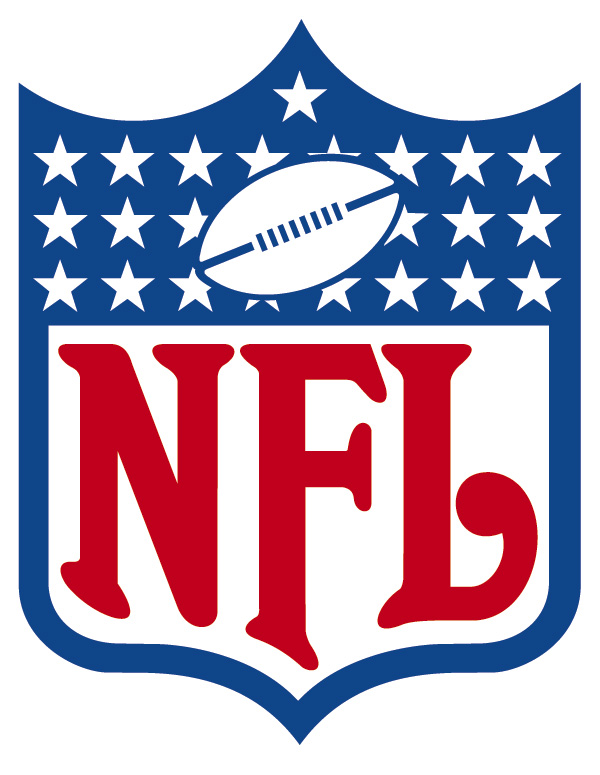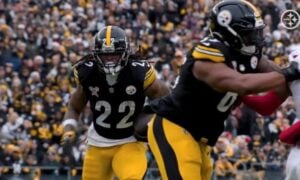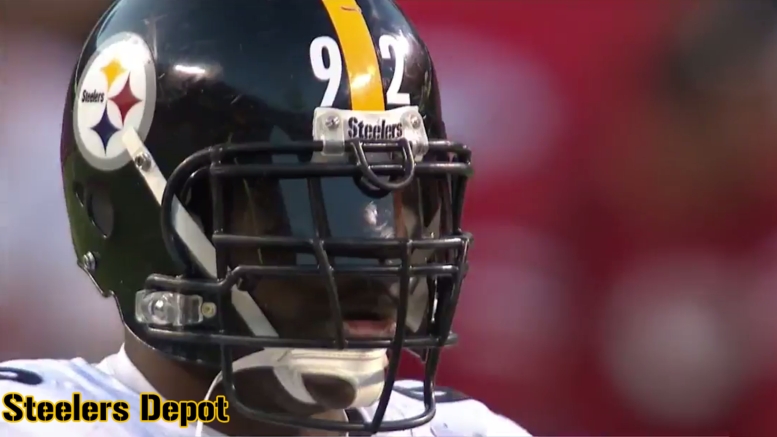There certainly appears to be a good deal of evidence, circumstantial or otherwise—some brought to the forefront by the New England Patriots—that the NFL’s policy, practice, and protocols as it pertains to football PSI and its inspection and maintenance has been lacking in the past, and must necessarily be addressed in the near future as a result of the substantial discipline they handed down to the Patriots.
Fortunately, as I have written previously, there were reports that the competition committee will indeed discuss the game day protocols for handling the footballs when the league convenes for its May meetings next week in San Francisco.
I believe that the league has backed itself into a corner on this matter as a result of its increased focus on the subject in response to public and media reaction to the original allegation of underinflated balls that was leaked during halftime of the AFC Championship game.
In advance of the AFC Championship game and the subsequent explosion of interest in the matter of underinflated balls, league officials did not appear to treat the situation with an overt degree of concern or seriousness.
When Indianapolis Colts general manager Ryan Grigson e-mailed league officials regarding his concern about the Patriots deflating footballs, the e-mail was casually passed along in chain fashion until it reached senior members of the officiating department, who according to the Wells Report (page 45) “decided that they would raise the issue with Walt Anderson, who had been assigned as the referee for the game”.
The report notes that Grigson’s e-mail contained no factual support for the suspicion, nor was the league aware of any such support, but it seems odd that a report from an NFL team about to play another team in a championship game that indicated the other party might be cheating would even initiate a discussion about whether or not to pass it along to the game official.
Subsequent to this, there are concerns about the manner in which Anderson himself carried out the league’s own protocols regarding pre-game inspection of the balls, and where not in error, it seems clear that the protocols themselves are insufficient.
By way of example, Anderson acknowledges that he carries with him two separate pressure gauges, which have been shown to produce varying readings of pressure on the same balls (page 51; page 8). Anderson could not only not clearly recall with gauge he used prior to the game, but did not actually record the pressures, despite the prior report about a possible violation.
In addition to that, again in spite of the prior warning, Anderson did not adhere to the protocol (page 62) that states that the game officials are to be in observation of the game balls from the time that they inspected to the time that they are brought to the field.
It is worth noting that this protocol is rendered impossible to follow because the officials are required to be on the field pre-game for up to 20 minutes. Officials expressed greater concern in a footnote in the Wells Report that an attendant would have access to the game balls at this time, rather than if he is walking the balls to the field (page 62).
Finally, beyond the ample reason to believe within the Wells Report that there are strong indications that the league was not generally aware of the variety of factors that could affect a football’s PSI, former NFL official Jim Daopoulos stated to Pro Football Talk that “game officials previously didn’t understand that air pressure drops when footballs are exposed to the elements”. Surely they were also not significantly aware of the idea of the Ideal Gas Law.
In summation, it is clear to me that the league’s handling of the issue of football PSI is deficient, and is in need of repair, in large part because of their own response to Deflategate. There should be more attention paid to the science of air pressure and its variability, and further protocols must be put in place that assures to integrity of the footballs between the time that they are approved before the game to the time that they are put into play.







